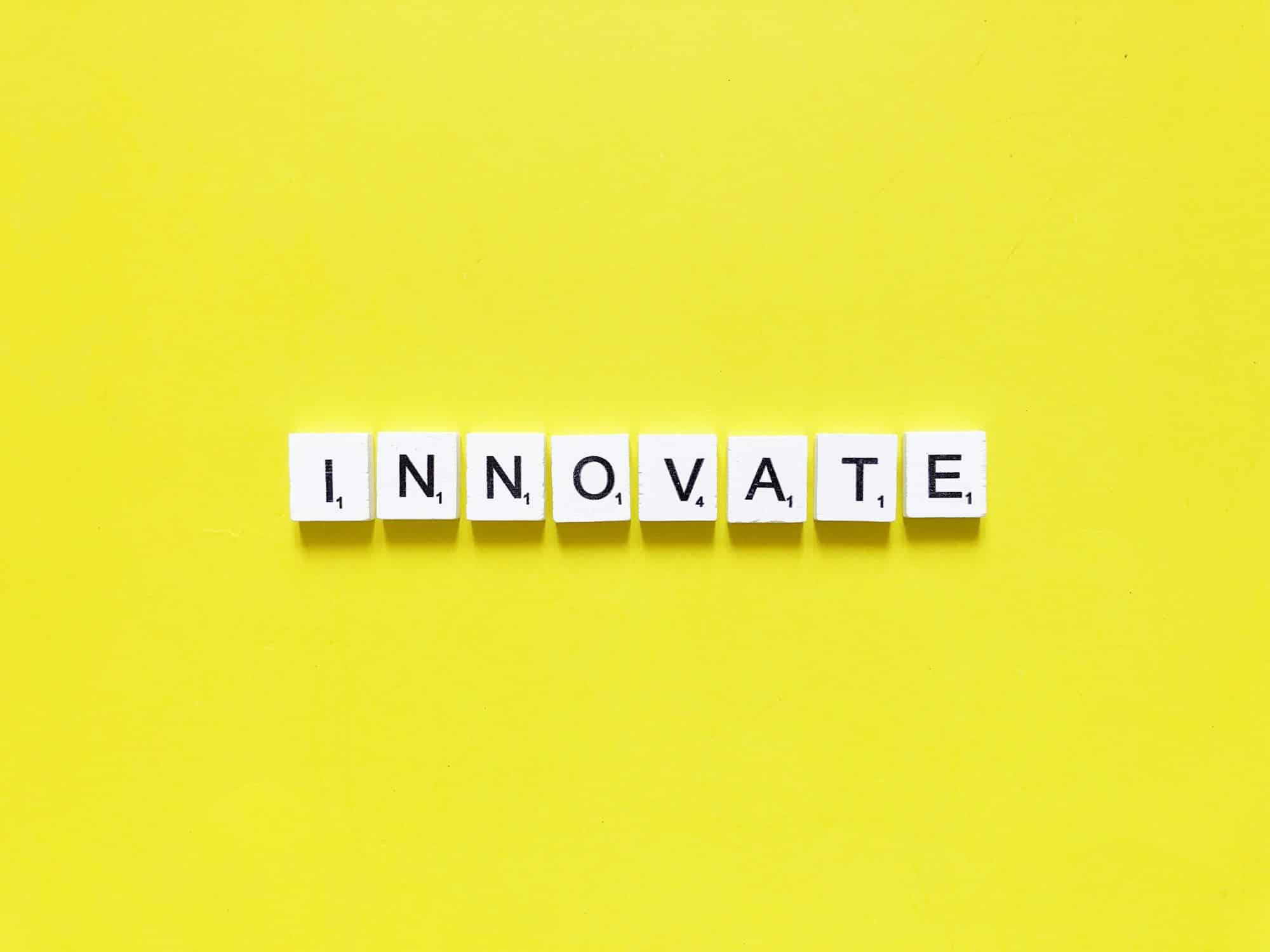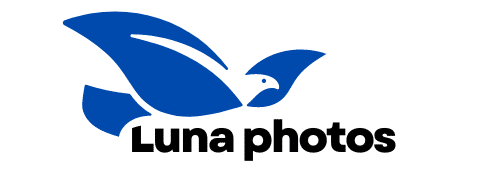What Strategies Can Be Used to Encourage Innovation and Creative Thinking Within Your Team?

The most successful organizations understand that innovation and creative thinking are not just buzzwords. Instead, they are essential ingredients to drive growth and stay ahead of the competition. In this article, you will find actionable strategies that will help you foster a culture of creativity and innovation within your team.
Encourage Open Dialogue and Collaboration
One of the most effective ways to foster innovation is by encouraging open dialogue and collaboration among team members. This means creating a work environment where people feel safe and comfortable sharing their ideas, no matter how out-of-the-box they may seem.
In parallel : How to Implement Sustainable Business Practices in the Fashion Industry to Promote Environmental Responsibility?
A collaborative workplace encourages staff members to share their unique perspectives and experiences. This diversity of thought is a rich source of creativity and innovation. Everyone has something valuable to contribute, and as a team leader, it is crucial to facilitate this exchange. Encourage your employees to speak up, ask questions, challenge the status quo, and work together towards innovative solutions.
Keep in mind that encouraging open dialogue also involves acknowledging the contribution of each team member. Recognize their efforts and celebrate their successes, no matter how small. This will foster a sense of belonging and further motivate your staff to contribute their fresh ideas.
This might interest you : Stress management techniques for entrepreneurs
Foster a Culture of Learning and Experimentation
Learning and experimentation are at the heart of innovation. To encourage creative thinking and innovative work among your employees, it is essential to create a culture that values learning and is not afraid to take calculated risks.
Encourage your team members to continuously upgrade their skills and broaden their knowledge. Provide them with opportunities to attend workshops, seminars, or online courses in their field of interest. This will not only expand their capabilities but also inspire them to bring new ideas to the table.
Moreover, make sure to create a safe environment where your team can experiment with new ideas without the fear of failure. Remember, innovation often involves trial and error. When your team members see that their efforts are valued, even when they don’t lead to immediate success, they will be more likely to engage in innovative thinking and take creative risks.
Harness the Power of Diverse Teams
Diversity is a powerful driver of innovation. A team made up of individuals with different backgrounds, experiences, and perspectives will naturally generate a wider range of ideas.
As such, strive to create a diverse team. This includes not only cultural, racial, and gender diversity, but also diversity in skills, experience levels, and thinking styles.
Remember, diversity alone is not enough. Ensure that you create an inclusive environment where all team members feel valued and respected, and their ideas are considered and appreciated. This will help unleash the full potential of your diverse team, leading to more innovative solutions and creative achievements.
Empower Employees and Provide Autonomy
Empowering your employees is another effective way to encourage innovation. This involves giving them the freedom to make decisions, solve problems, and execute their ideas.
When employees feel empowered, they take ownership of their work, which in turn, boosts their motivation and productivity. Autonomy encourages your staff to think creatively and come up with innovative solutions, as they have the freedom to approach their work in the way they see fit.
Providing autonomy, however, doesn’t mean leaving your team members to fend for themselves. It’s essential to provide guidance and support, and set clear expectations. In addition, ensure they have the resources they need to execute their innovative ideas.
Recognize and Reward Innovation
Finally, if you want to encourage innovation within your team, make sure to recognize and reward it. This could be in the form of feedback, public recognition, bonuses, or opportunities for career advancement.
By rewarding innovation, you send a clear message to your team that their creativity and innovative efforts are valued and appreciated. This not only motivates them to continue coming up with fresh ideas but also inspires others to do the same.
Keep in mind that recognition should not only be for successful innovations but also for the process of innovating. Reward staff members for their creative efforts, even when they do not result in immediate success. This will create a safe and supportive environment that fosters continuous innovation.
Remember, innovation is not a one-time event, but a continuous process. By implementing these strategies, you can create a work culture that nurtures creativity and innovation, unlocking the full potential of your team.
Promote a Sense of Psychological Safety and Trust
Creating a psychologically safe environment is crucial in fostering innovation within your team. This refers to an environment where team members feel comfortable expressing their thoughts, ideas, and concerns without fear of judgment, ridicule, or punishment.
Research shows that teams with a high level of psychological safety are more likely to engage in creative thinking and risk-taking behaviors that lead to innovation. This is because when your employees feel safe, they are more likely to share their insights, ask questions, challenge the status quo, and bring forth innovative ideas.
Trust plays an equally vital role in promoting innovation. When team members trust each other, they are more likely to collaborate, share knowledge, and work together toward achieving common goals. Trust also fosters open communication, which allows for the free flow of ideas and feedback, essential for innovation.
Building trust within your team does not happen overnight. It requires consistency, transparency, and openness from all team members. As a leader, you should set the tone by modeling these behaviors. Show that you value your employees’ opinions and contributions, and respect their autonomy. Remember, the trust you build today will lay the foundation for the innovative ideas of tomorrow.
Leverage Technology to Foster Team Creativity
In today’s digital age, technology plays a pivotal role in promoting creativity and innovation within your team. Leveraging the right tools and platforms can facilitate communication, collaboration, and knowledge sharing among your employees, all of which are crucial for innovation.
For instance, collaborative tools like Slack, Microsoft Teams, or Google Workspace can help your team members to seamlessly collaborate on projects, share insights, and collectively problem-solve. Meanwhile, digital whiteboards like Miro or Trello can be used for brainstorming sessions, allowing your team to visually share and develop their innovative ideas.
Moreover, consider incorporating AI tools that can stimulate creative thinking. For example, OpenAI’s GPT-3 can generate ideas, concepts, or even content that might spark innovation within your team.
Remember that technology is just a tool, and it’s your team who will drive the innovation. Therefore, provide necessary training and support to ensure your employees can effectively use these technologies. In essence, the use of technology should empower, not hinder, your team’s creative processes.
Conclusion
Promoting innovation and creative thinking within your team is no small feat. It involves creating an open, inclusive, and psychologically safe environment, fostering a culture of learning and experimentation, harnessing the power of diversity, and leveraging technology. Above all, it is about empowering your employees, acknowledging their contribution, and rewarding their innovative efforts.
Implementing these strategies requires commitment and consistency from all levels of your organization. But remember, the benefits that come with fostering an innovative culture are well worth the effort. It can lead to improved problem-solving, increased productivity, and a competitive edge in the marketplace.
Finally, it’s essential to remember that innovation is not a destination but a journey. It’s a continuous process of learning, adapting, and improving. So, keep encouraging your team, celebrating their successes, and supporting them in their pursuit of innovation. After all, it’s your team’s creativity and innovative spirit that will drive your organization’s success in the long run.
